How do I clean the filter in my Samsung washing machine?
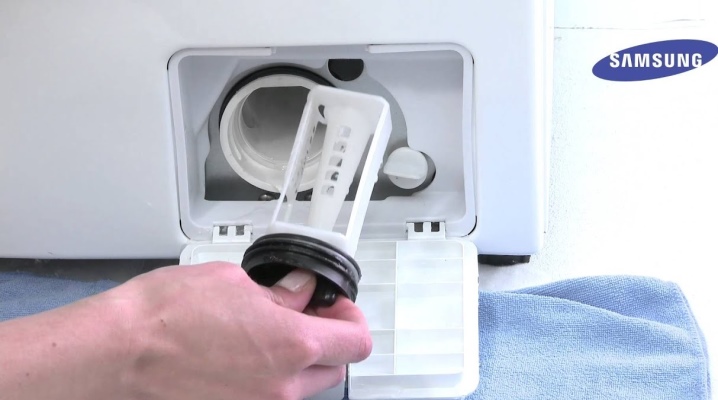
Any automatic washing machine needs regular service and maintenance. Due attention on the part of the user will prevent the occurrence of serious breakdowns and significantly extend the performance of the equipment.
One of the important steps in the maintenance of your washing machine is to clean the filters.

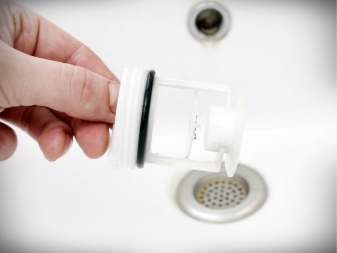
Signs of a blockage
Samsung washing machines have two filters, one on the intake system and the other on the exhaust system. They clog up at different intervals, but both deserve attention.
The machine reacts to the occurrence of a blockage in any of these filters in almost the same way.
The self-diagnosis system, which is available in all modern models, quickly reacts to problems in the operation of the intake and exhaust systems. The following error codes on the display will indicate a blockage:
a blockage in the drain filter will be displayed as errors 5E, 5C or E2;
error codes 4E, 4C or E1 will talk about problems with water intake.
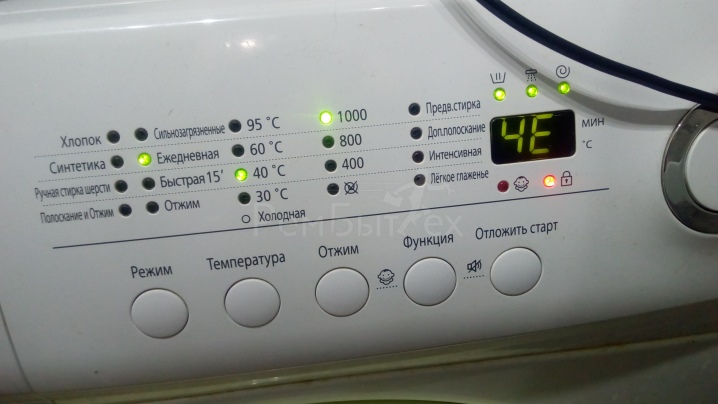
Although rare, electronics can be late in identifying problems. In such cases, you can independently determine the presence of a blockage in one of the systems. You just need to carefully observe the behavior of the machine and note the occurrence of some changes:
slow drain / set of water;
lack of function of dumping water or its set;
stopping the operation of an automatic machine with a filled or empty tank;
poor quality of the spin system;
the equipment cannot start rinsing and spinning;
an unpleasant smell that comes from the machine indicates the accumulation of debris and residues of detergents inside.
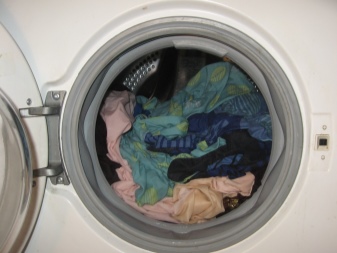

Causes
As they say, you need to know the enemy by sight, therefore it will not be superfluous to familiarize yourself with the reasons, which lead to the formation of blockages in the filter elements of Samsung washing machines.
Rust often occurs on the metal mesh of the filter. Chunks are peeling from these deposits, which make it difficult to supply water to the machine.
Limescale is a consequence of using water with increased hardness. When the waste water is drained, evaporated elements in the form of salts and minerals remain on the filter. They settle on the filter element, form a deposit, which makes draining more difficult.
Small elements invariably end up in the filter - one cannot be insured against this. Wool, sand, debris can be washed out from things, and fasteners, buttons and other decor can also come off during washing.
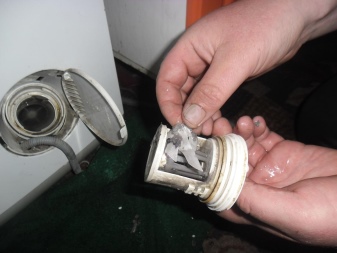
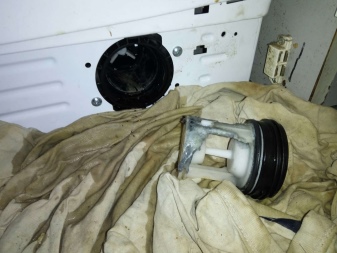
Cleaning the filter
Everyone will be able to clean the drain and filler filters - there is no doubt about it. You just need to strictly follow the recommendations and follow the practical guide. We'll start with a filter that is installed on the drain system.
We turn off the cord of the machine from the power supply and turn off the tap from the water supply.
There is a door or a small overlay on the bottom of the front panel. They hide behind themselves the filter element we need.
The door covering the filter is held in place by plastic clips that must be carefully folded back. It is convenient to do this with a flat screwdriver. Sudden movements and excessive pressure can break the latches.
The floor under the machine and the space around it must be covered with rags, since there is always water in the drain system. To drain it, you need to tilt the machine towards you.
The filter can be unscrewed counterclockwise. Pliers may be needed for this process.
We completely unscrew the filter element and remove it from the car.
Now it remains to rinse it under running water, clean out the debris and reinstall it.

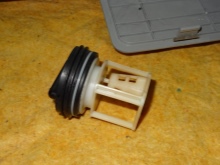
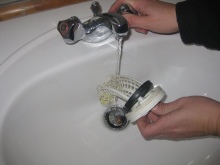
Now let's figure out how to clean the filter on the filling system. Its condition is influenced by the quality and hardness of the water. Its cleaning is carried out as follows.
We move the machine so that there is access to the back panel, since this filter is located at the back.
We shut off the water and unscrew the hose from the valve. Now you need to remove the mesh in the plastic case, which is exactly the same filter.
We clean the mesh and put it in place. Now you can open the water and check the operation of the machine.
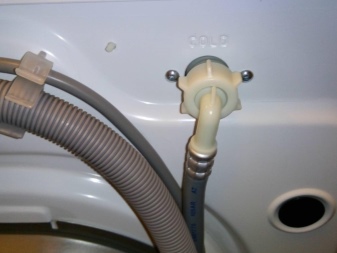
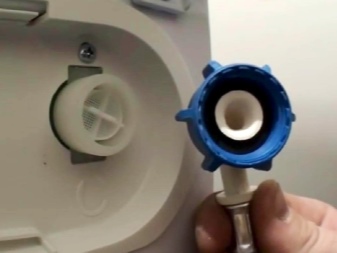
Prevention measures
Each of us wants to keep the machine working as long as possible and to deal with its repair as little as possible. To do this, you need to provide proper care for her and adhere to simple advice from professionals.
Filters should be checked and, if necessary, cleaned every few months. If the technique is rarely used, then the frequency can be reduced to once every 4 months. If the machine is used frequently, it is best to check the condition of the filter every month.
With the arrival of winter, we begin to wash warm clothes, from which the pile and wool are washed out during washing. Therefore, in winter, it is better to check the drain filter every month.
If feather items (pillows, jackets) and blankets are washed in the machine, then the drain filter must be checked after each such wash.
It is better to put things with heavy dirt in special mesh bags for the duration of washing.
All clothing should be checked for small parts before washing. Also, it will not be superfluous to shake off debris from its surface with a special brush.
Things with jewelry (beads, sequins, buttons, rivets) should be turned inside out before washing and washed as such.

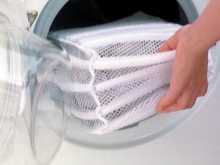
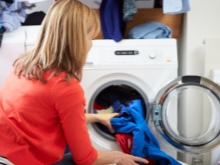
For information on how to clean the filter in a Samsung washing machine, see below.













The comment was sent successfully.